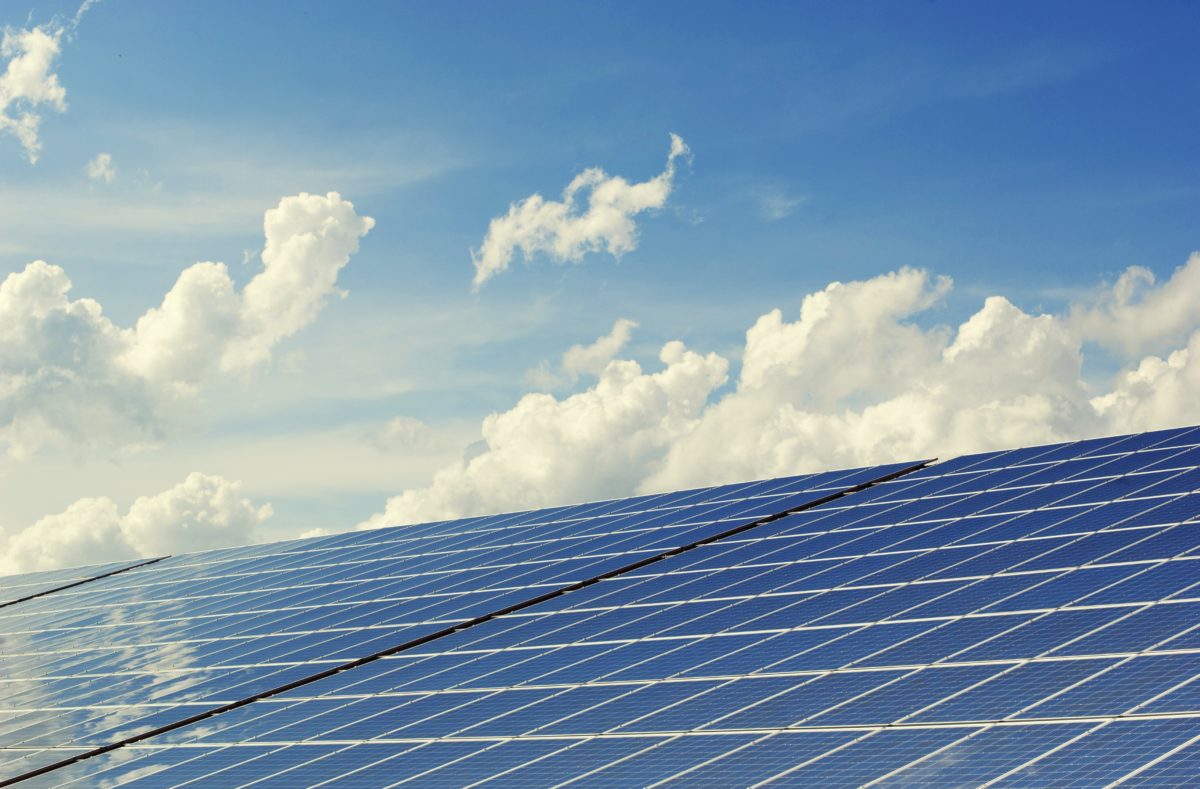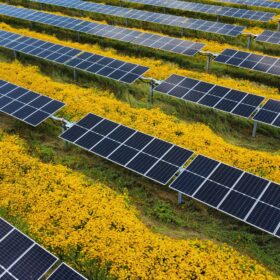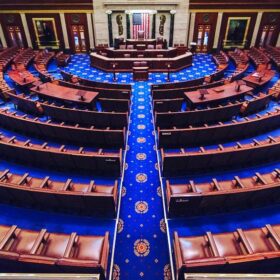Sunrun, Tesla, and Stem backed an early proposal by the Federal Energy Regulatory Commission (FERC) to require grid operators to open their wholesale markets to participation by distributed solar and distributed storage, as well as other distributed energy resources (DERs). That proposal, which called for an aggregator serving as intermediary between DERs and grid operators, became FERC Order 2222.
As grid operators, known as RTOs and ISOs, comply with the order, one more step remains before distributed solar and storage can sell energy, capacity, and ancillary services into wholesale markets, says an Energy Systems Integration Group (ESIG) report.
That step involves “relatively minor” near-term changes in distribution system planning and operations, and only minimal infrastructure investments. Those changes will require involvement of both state regulatory commissions and distribution utilities, the report says, many of which “are still in the early stages” of such work.
“For those utilities that had not planned for DER coordination in operations and markets, FERC Order 2222 compliance can be challenging. This report provides a path forward,” said Debra Lew, associate director of ESIG.
The report outlines minor, “no regrets” changes relating to DER interconnection processes, DER aggregation review, a way to communicate distribution system problems to aggregators, and a fair process for overriding RTO/ISO dispatch of DERs. To help with the last item, the report recommends adoption of the IEEE 1547-2018 standard for smart inverters, which “may reduce the need for overrides and distribution upgrades.”
Motivation
A possible motivator for action by states and distribution utilities would be the lower costs and lower greenhouse gas emissions that ESIG projects from DER participation in wholesale markets.
The report explains the cost-saving efficiencies: “when the transmission system has excess supply, distribution systems can increase demand by shifting load, reducing generation, or charging storage. Conversely, when the transmission system is short of supply, distribution systems can reduce demand by shifting load, increasing distributed generation, or discharging storage.”
Once the “no regrets” steps are taken, the report outlines further steps needed in “the transition to future distribution systems,” saying that as DER uptake continues, distribution and transmission systems will need to be “increasingly planned” as an integrated system, and their operation more closely coordinated.
Alternate pathways
ESIG’s report says that direct participation by DER aggregators in wholesale markets, a path initiated by FERC Order 2222, is “one of several pathways”—or structural participation models—to integrating DERs into wholesale markets. The report notes that the California ISO’s Distributed Energy Resource Provider model, approved by FERC in 2016, and “in many ways a model for Order 2222,” has had no users to date.
“Regardless of Order 2222’s direct impact,” the report says, “FERC has triggered a national conversation.” Many DER market and system integration issues that will arise in higher-DER futures “do not lend themselves to quick solutions, but it is important to begin exploring possible solutions now to lay the groundwork for longer-term change.”
ESIG is developing a related report that envisions an “open network initiative” in the United States, akin to initiatives in Australia and the United Kingdom, that “could provide a forum for dialogue on the most critical of these issues.”
ESIG is a professional association that charts the future of grid transformation and energy systems integration, particularly with respect to clean energy. The ESIG report, titled “DER Integration into Wholesale Markets and Operations,” is accompanied by a fact sheet and a slide show.
The title of this article was changed on Feb. 2 to specify that it is about distributed solar and distributed storage, not solar-plus-storage as written previously.
This content is protected by copyright and may not be reused. If you want to cooperate with us and would like to reuse some of our content, please contact: editors@pv-magazine.com.








By submitting this form you agree to pv magazine using your data for the purposes of publishing your comment.
Your personal data will only be disclosed or otherwise transmitted to third parties for the purposes of spam filtering or if this is necessary for technical maintenance of the website. Any other transfer to third parties will not take place unless this is justified on the basis of applicable data protection regulations or if pv magazine is legally obliged to do so.
You may revoke this consent at any time with effect for the future, in which case your personal data will be deleted immediately. Otherwise, your data will be deleted if pv magazine has processed your request or the purpose of data storage is fulfilled.
Further information on data privacy can be found in our Data Protection Policy.